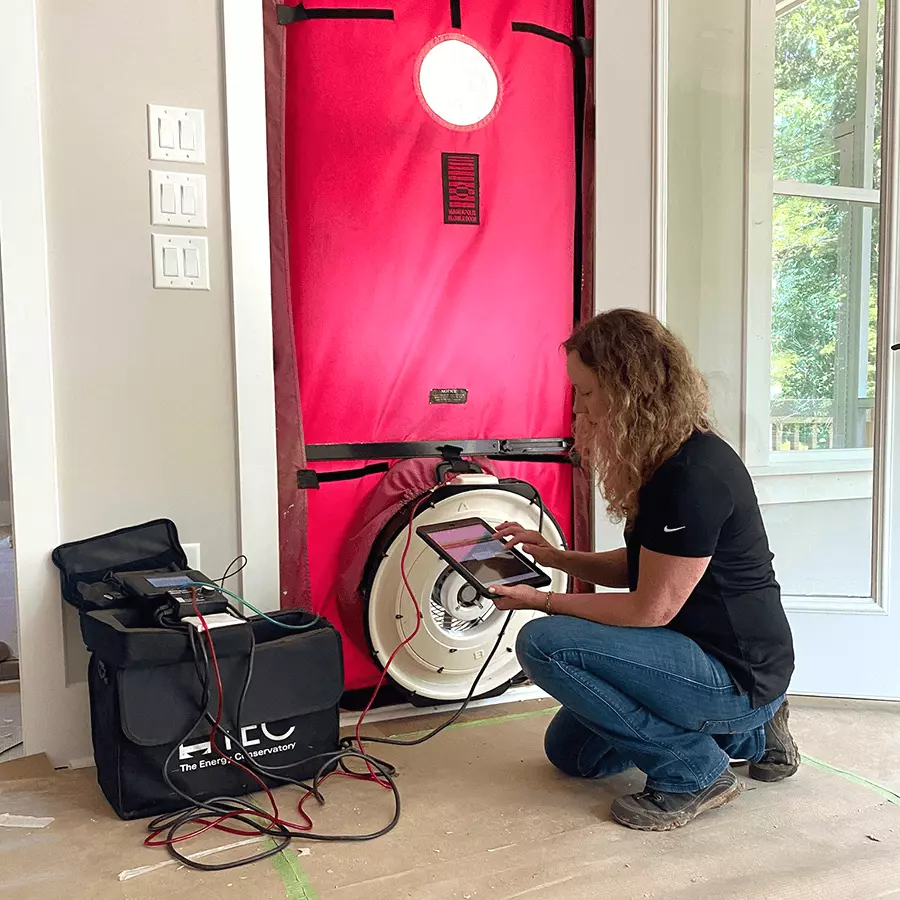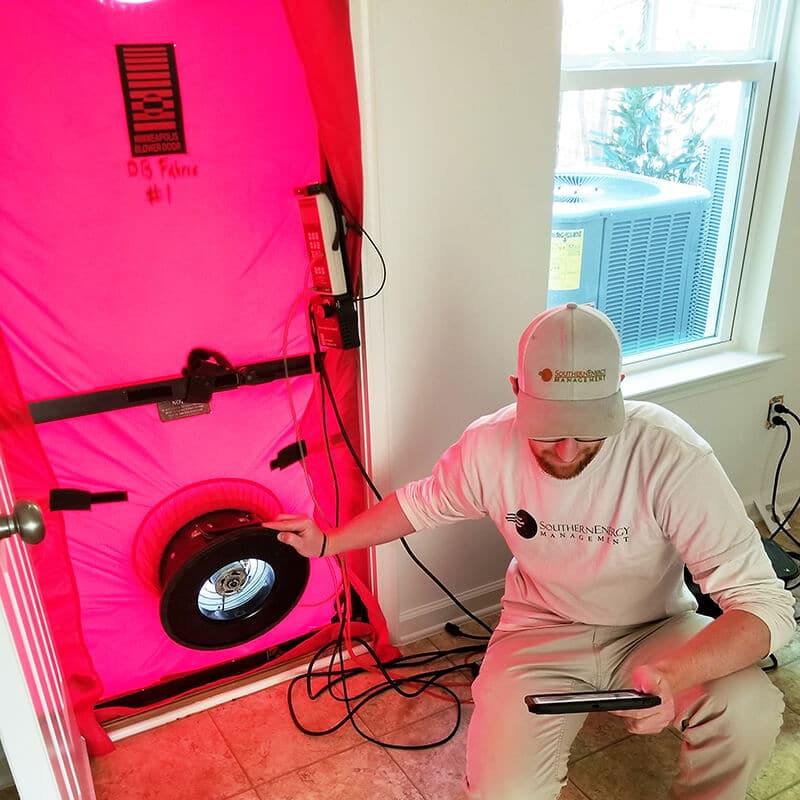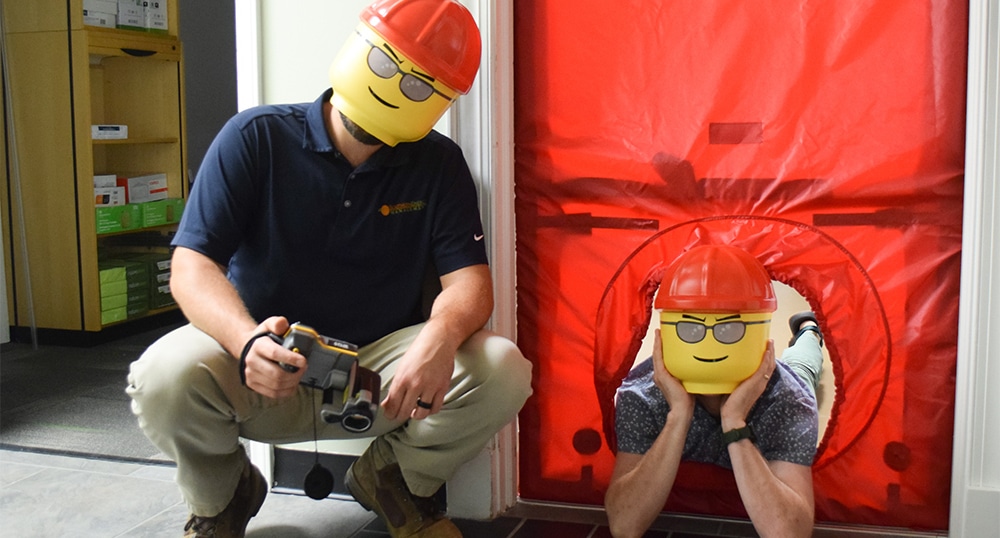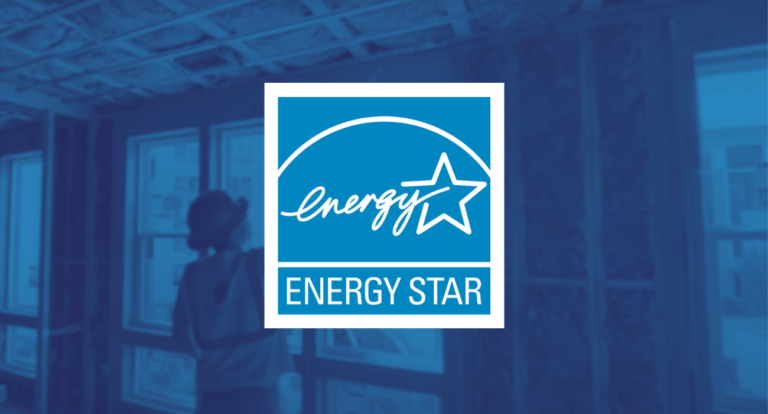What You’ll Learn:
- How high temps + poor insulation = higher energy bills (and how to spot the difference)
- Where your home leaks energy—attics, crawl spaces, outlets, windows, and more
- What a blower door test is and how it pinpoints hidden air leaks
- Why your home’s thermal boundary matters for year-round comfort and efficiency
- What to ask before buying a home—including blower door test results and energy ratings
Rather watch to learn? Check out our video on our new ShineTV Youtube channel!
Understanding the Impact of High Temperatures on Energy Bills
You’ve probably noticed that energy bills tend to creep up with the changing outside temperatures. This increase in costs, especially during hotter periods (hello, North Carolina summers), can be frustrating, but sometimes it’s partially unavoidable. However, certain factors in your home could be exacerbating these costs, such as a clogged duct system or insufficient insulation.
Common Culprits of Energy Loss
Here are a few areas where your home might be losing energy without you even realizing it:
- Attic and Crawl Spaces: Missing insulation in your attic or crawl space can lead to significant heat gain during summer, making your air conditioning system work harder
- Water Lines and Windows: Areas around water lines, windows, and doors are often overlooked, but they can be significant sources of air leakage
- Outlets and Hidden Spots: Even the outlets on your walls and hidden spaces behind the walls could be pathways for air to escape, again forcing your HVAC system to overcompensate
The Drain on Your Wallet
All these leaks and inefficiencies can mean your summer fun fund might run out sooner than expected. The question then becomes: how can you keep your home’s energy bills under control without turning it into a sweat lodge?

Enter, the Blower Door Test
One of the most common topics we get asked about on the job site is the blower door test.
What is a blower door?
A blower door is a nifty tool. It is crucial for identifying and locating air leaks in your home, which are key contributors to energy loss. It consists of a powerful, variable-speed fan mounted into the frame of an exterior door creating a controlled environment where air flows can be measured and analyzed. Blower door tests can highlight even the smallest leaks by making them more detectable.


How Does a Blower Door Work?
Setting the Scene: All doors and windows are closed, ensuring that the only air movement is through the test setup
Turning Up the Pressure: A fan is used to create a pressure difference between the inside and outside of your home. If your home is leaky, the fan has to work harder to maintain this difference, revealing the extent of air leakage
Watch a sped up demonstration here ➡️
What a Blower Door Can Show
Location of Leaks: The most immediate benefit is identifying exactly where air is escaping from your home. Common leak spots include around doors, windows, and where walls meet the ceiling, but leaks can also be found in less obvious places like outlets and baseboards.
Extent of Air Leakage: It quantifies how much air is leaking, helping you understand the severity of air leakage. This information is crucial for prioritizing repairs and improvements.
Watch a simplified demonstration here ➡️

Preventing Air Leakage
Addressing air leakage isn’t just about identifying existing leaks—it’s about prevention. For new homes, it’s critical to establish a thermal boundary during construction to keep conditioned air inside where it belongs.
What is the Thermal Boundary?
Think of the thermal boundary as the shield around the parts of your home where you control the temperature—like where your heating and cooling are working. It separates these cozy, treated areas from parts of the house that don’t get any heat or air conditioning, such as the attic or basement. This shield is crucial because it helps keep your home warm in the winter and cool in the summer by managing how heat comes in or goes out.
Before You Buy a Home…
If you’re in the process of buying a newly built home, consider asking your realtor if a blower door test was performed on it and if a home energy rater inspected the home for air leaks. You might be interested to hear what they say!

We’ve Just Scratched the Surface
There’s so much more to explore about home energy efficiency. If you have questions or topics you’d like us to cover in future episodes, don’t hesitate to leave a comment or email us at shine@southern-energy.com. Next time, we’ll dive deeper into air leakage—not just in your living area but throughout your home’s air conditioning system.
Until then, remember: a little knowledge and preventative maintenance can go a long way in keeping your home comfortable and your energy bills low.
Stay tuned, and shine on!















